|
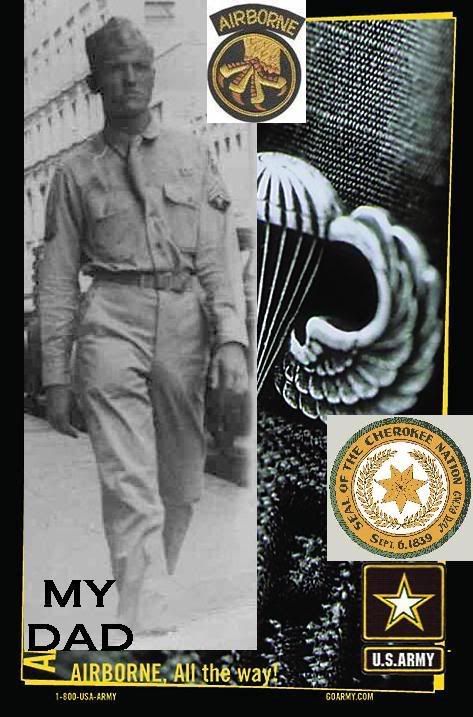
United States Army Sergeant Herman Tyner
(1917-1987)
Warriors Citation
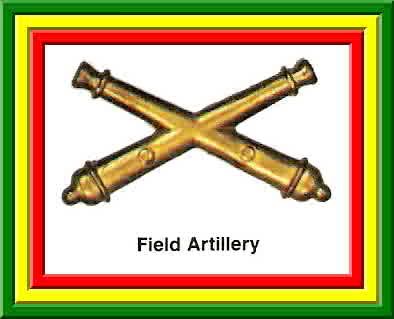
The 17th Airborne Division was activated at Camp Mackall on April 15, 1943 under the command of General William M Miley. The
core units of the newly formed division were the 513th Parachute Infantry Regiment (PIR), the 193rd and 194th Glider Infantry
Regiments (GIR). After the Normandy invasion the 507th Parachute Infantry Regiment was permanently attached to the division
which was stationed in the United Kingdom from 25 August to 23 December 1944. Toward the end of August, 1944 the 17th Airborne
Division, the 82nd Airborne Division and the 101st Airborne Division became permanent units of the U.S. XVIII Airborne Corps.
When Operation Market Garden was conceived 17th Airborne warriors were still in training. Consequently, it was held in reserve.
This was not the case during the German Ardennes Offensive. Battle of the Bulge - The Ardennes Offensive
From 23 to 25 December, elements of the Division were flown to the Reims area in France in spectacular night flights. These
warriors closed in at Mourmelon. After taking over the defense of the Meuse River sector from Givet to Verdun, 25 December,
the 17th moved to Neufchateau, Belgium, then marched through the snow to Morhet, relieving the 28th Infantry Division, 3 January
1945. The Division entered the Ardennes campaign, 4 to 9 January, at the Battle of Dead Man's Ridge. It captured several small
Belgian towns and entered Flamierge, 7 January, but enemy counterattacks necessitated a withdrawal. However, constant pressure
and aggressive patrolling caused the enemy to retreat to the Our River. On 18 January, the Division relieved the 11th Armored
Division at Houffalize, pushed enemy remnants from the Bulge, and seized Wattermal and Espeler, 26 January. Coming under the
III Corps, the 17th turned toward Luxembourg, taking Eschweiler and Clervaux and clearing the enemy from the west bank of
the Our River. Aggressive patrols crossed the river to probe the Siegfried Line defenses and established a limited bridgehead
near Dasburg before being relieved by the 6th Armored Division, 10 February.
Operation Varsity - The Airborne Assault on the Rhine
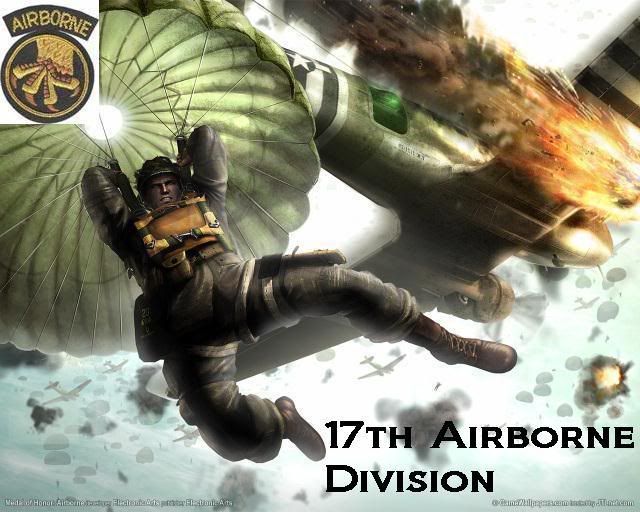
In early February 1945, the tide of battle was such as to enable an accurate estimate as to when and where the 2nd British
Army would be ready to force a crossing of the Rhine River. It was determined that the crossing would be in conjunction with
an airborne operation by XVIII Airborne Corps. The sector selected for the assault was in the vicinity of Wesel, just north
of the Ruhr, for 24 March 1945. Operation Varsity would be the last full scale airborne drop of World War II and the assignment
went to the 17th Airborne Division with the 507th spearheading the assault dropping at the southern edge of the Diersfordter
Forest, three mile northwest of Wesel.
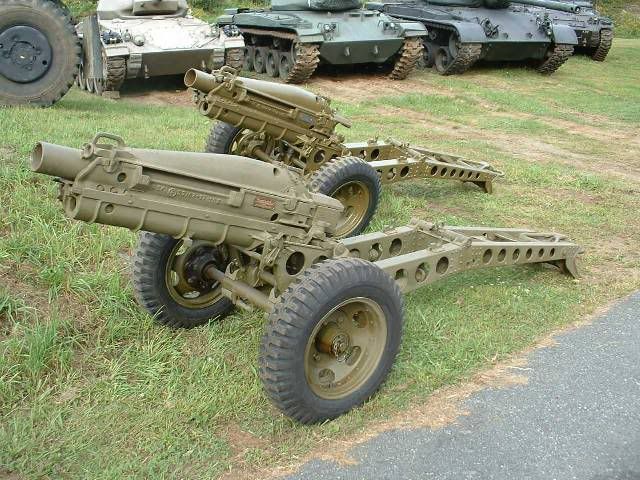
Finally, on the 24th March 1945, taking off from marshalling areas in France in nearly perfect weather, nearly 4000 aircraft
from the British 6th Airborne Division and the 17th US Airborne Division dropped fighting men behind enemy lines, into Westphalia
in the vicinity of Weselon which was east of the Rhine River. Their mission was to capture key points and so assist the advance
of the ground troops. Having learned the lessons from the Arnhem battle, the gliders and paratroops landed close to their
targets and achieved total success. Operation Varsity was the first airborne warrior invasion over the Rhine into Germany
itself. On the 25th, the Division had secured bridges over the Issel River and had entrenched itself firmly along the Issel
Canal. Moving eastward, it captured Haltern, 29 March, and Munster, 2 April. The 17th entered the battle of the Ruhr Pocket,
relieving the 79th Infantry Division. It crossed the Rhine-Herne Canal, 6 April, and set up a secure bridgehead for the attack
on Essen. The "Pittsburgh of the Ruhr" fell, 10 April, and the industrial cities of Mulheim and Duisburg were cleared in the
continuing attack. Military government duties began, 12 April, and active contact with the enemy ceased, 18 April. The Division
came under the XXII Corps 24 April. It continued its occupation duties until 15 June 1945 when it returned to France for redeployment.
In September, 1945, the 17th Airborne Division returned home and was disbanded. From: historical accounts & records

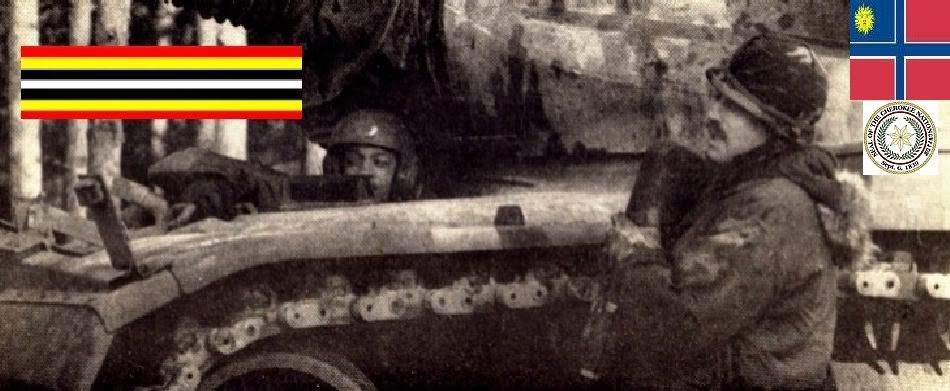

LINK TO BRAVEHORSE WARRIORS VOLUME TWO
|

